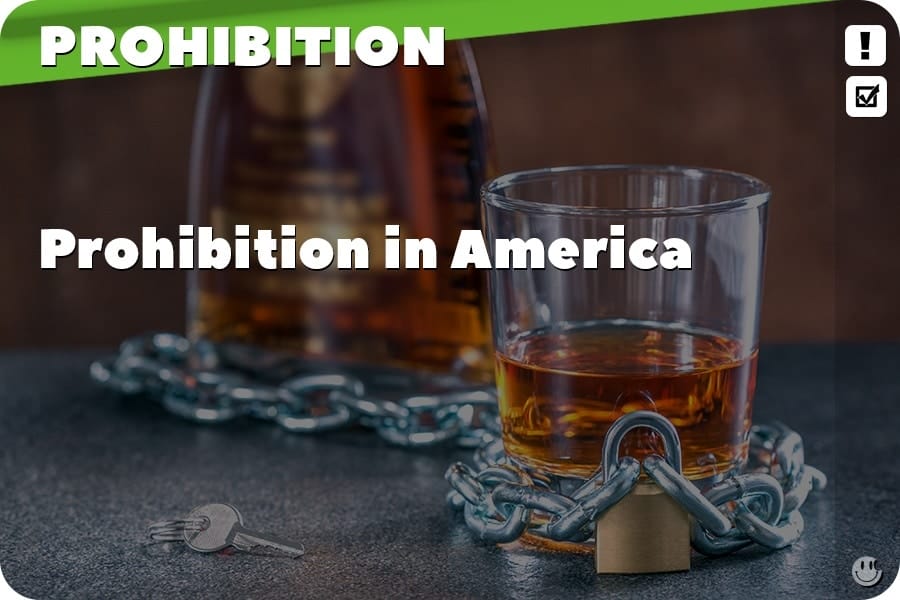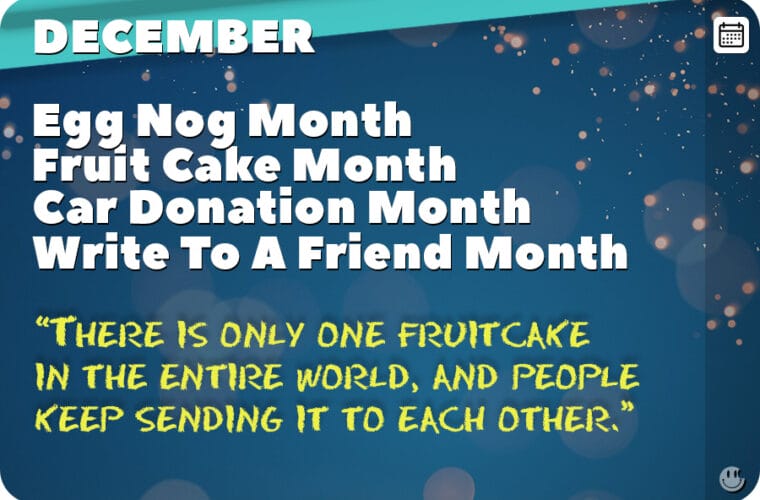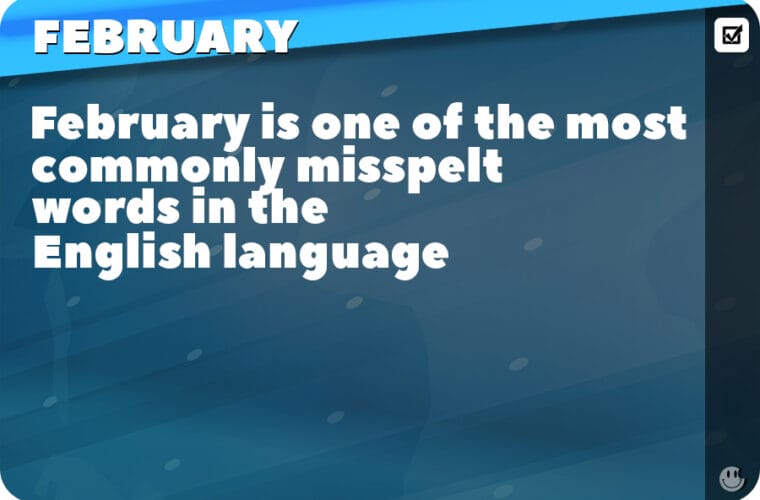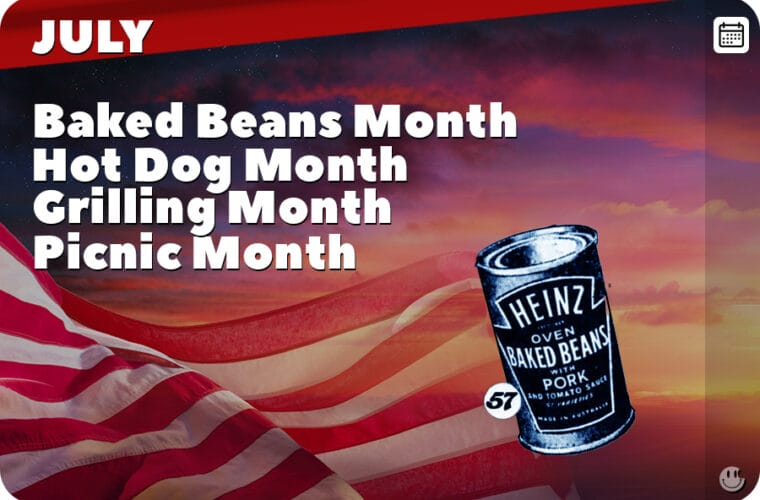
Prohibition History |
When most people think of prohibition, they think of the United States in the 1920s. It was a time when alcohol was banned nationwide, and it resulted in a lot of negative consequences. However, prohibition has been around for much longer than that. Prohibition can be traced back to ancient civilizations. The Greeks forbade drunkenness and had laws against public intoxication. The Romans also had laws prohibiting drunkenness, and they even created a position of “temperance commissioner” to enforce these laws. In the Middle Ages, alcohol was banned in some parts of Europe for religious reasons. For example, Muslims are prohibited from drinking alcohol because it is considered to be against their religion. In the United States, prohibition began in the early 1800s with movements like the Temperance movement and the Prohibition Party. These groups believed that alcohol was responsible for many social ills, such as crime and poverty. They also believed that it was morally wrong to consume alcohol. As a result of their efforts, some states began to ban alcohol. The most famous Prohibition-era was from 1920 to 1933, when the 18th Amendment made it illegal to manufacture, transport, or sell alcohol. This led to a rise in organized crime and an increase in bootlegging and speakeasies. Eventually, the amendment was repealed and alcohol became legal again. Prohibition is still in effect in some parts of the world. For example, Saudi Arabia is a dry country, meaning that alcohol is banned. There are also dry counties and cities in the United States. |
Prohibition Timeline:1773:
1913:
October 28, 1919:
1936: |








